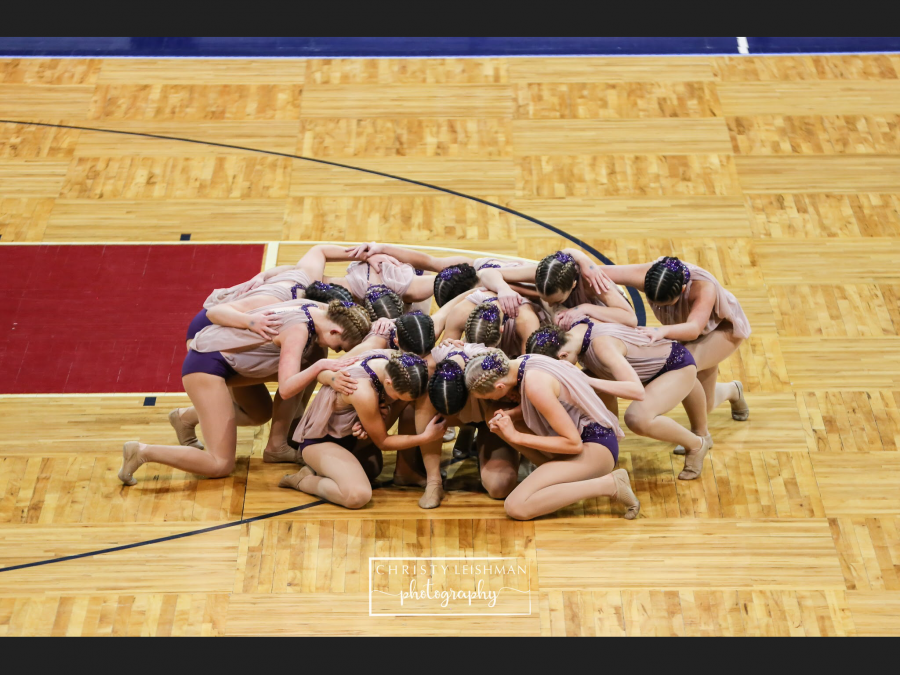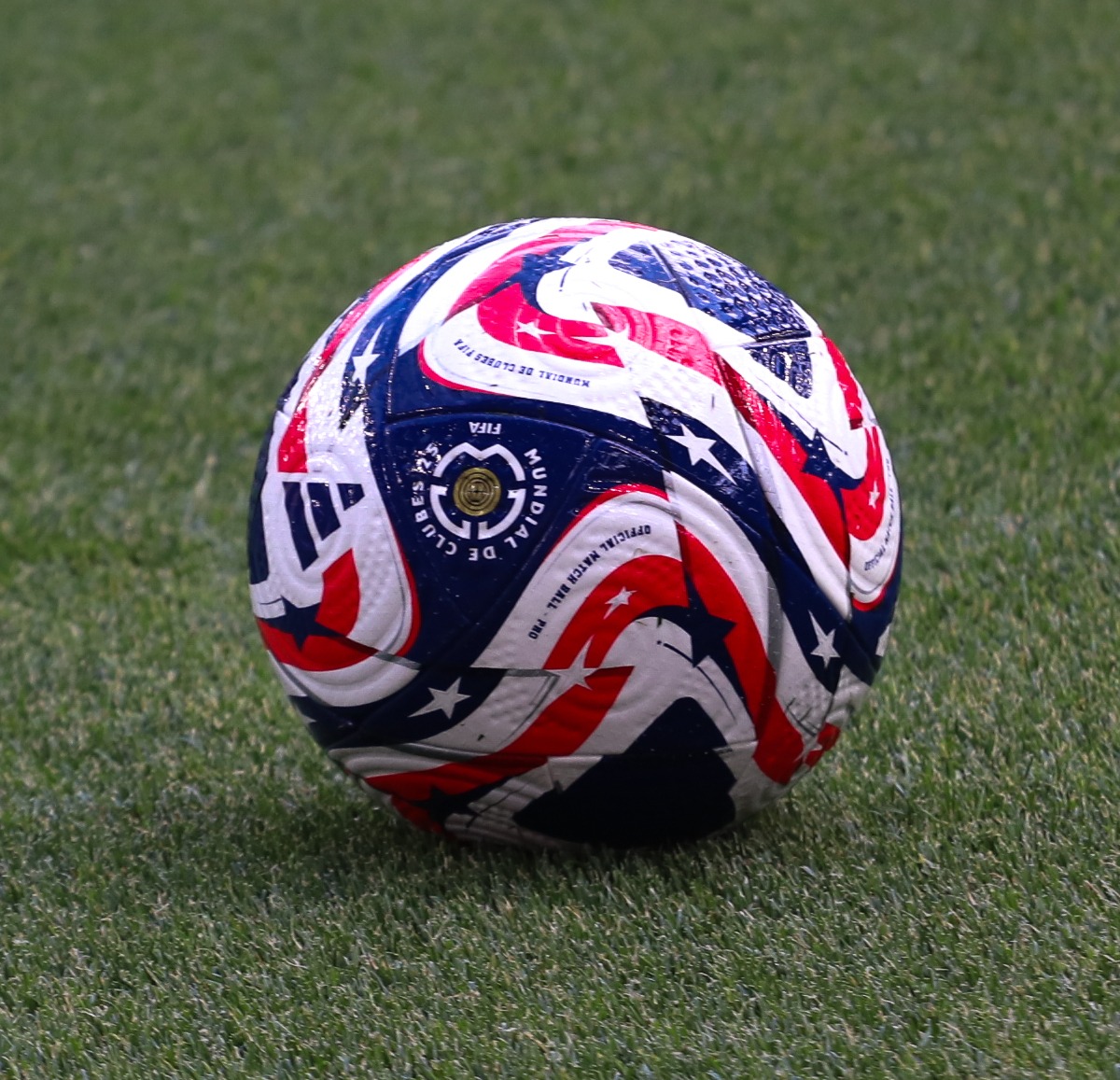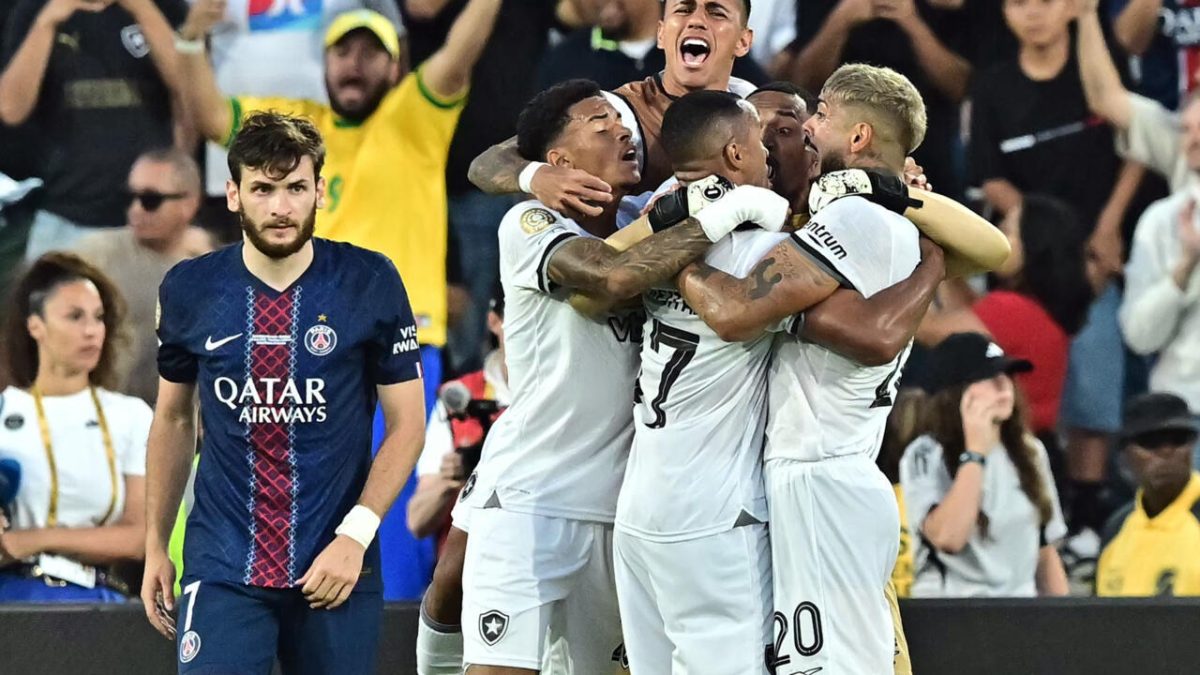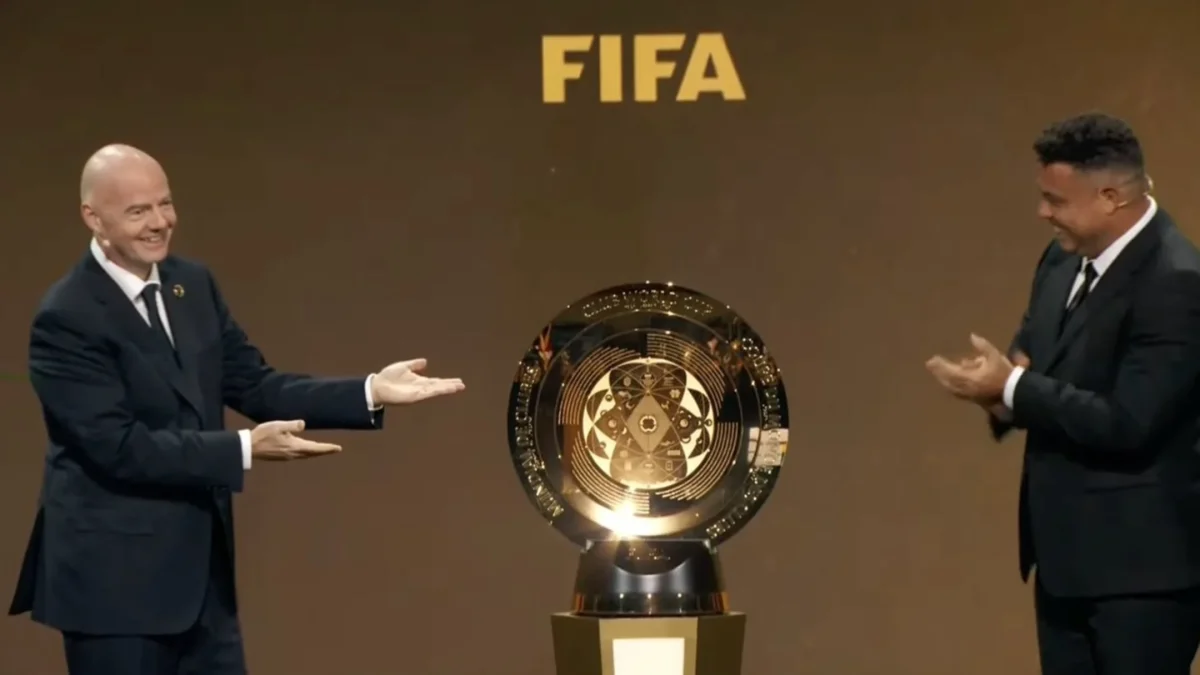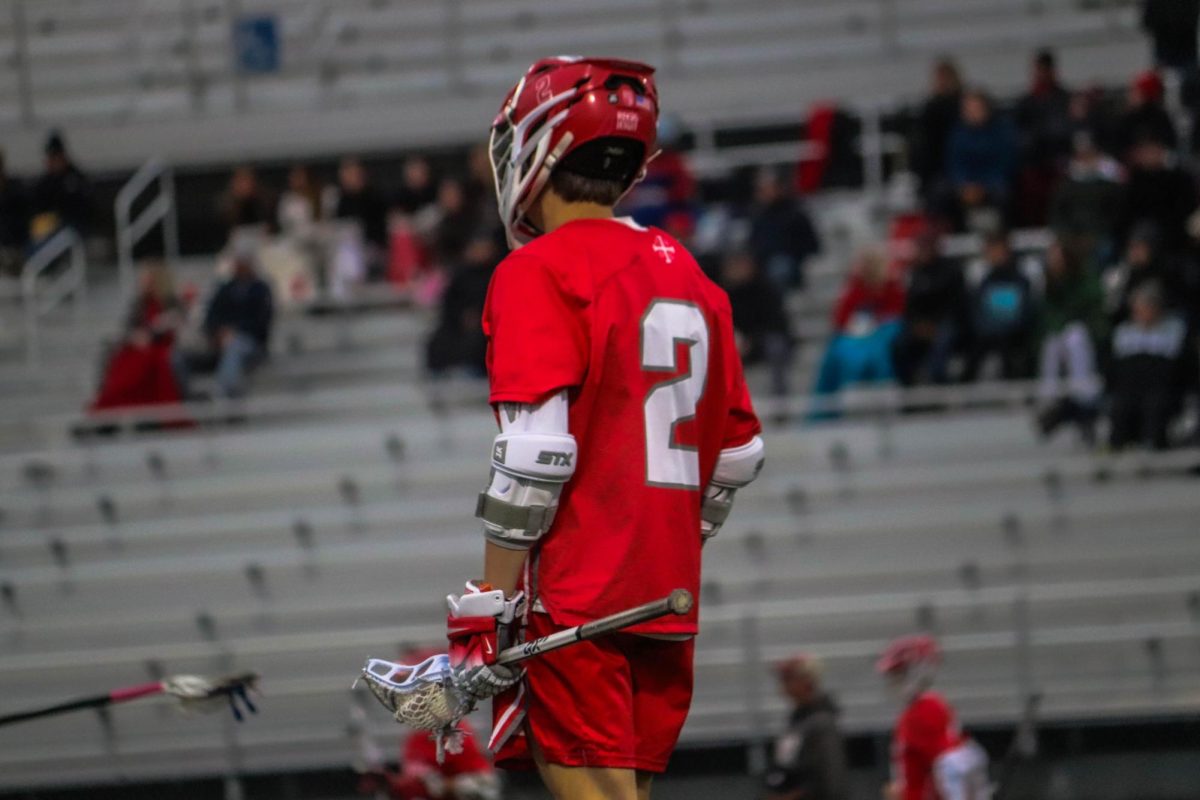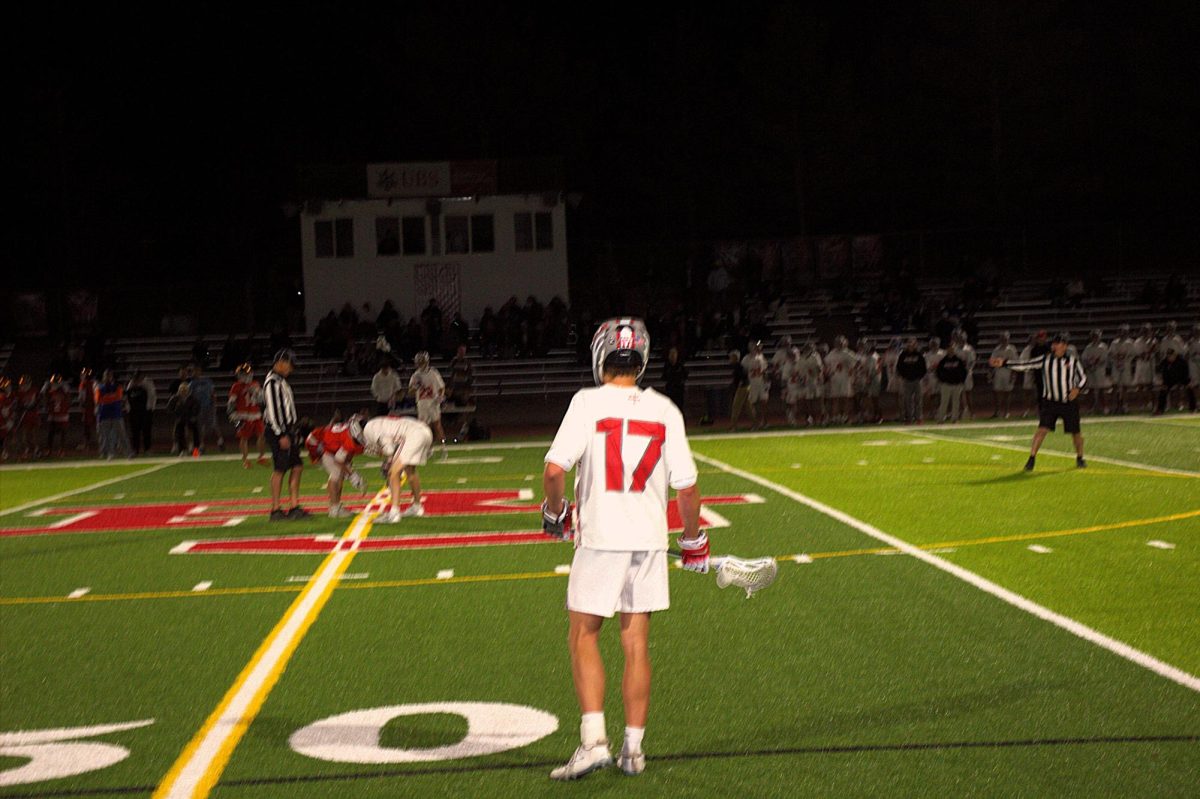LISTEN: Interview with Chris Julius- assistant coach, Olivia Catalano- teammate, Lisa Britt- a team mom.
As the Regis Jesuit Poms team, sweating and worn out, gathers around the coaches after a long three and a half hour practice, they break down the agenda for the upcoming grueling practice the next day. They discuss their effort given throughout the time passed, what they did well on, and lastly what sill needs to be perfected. After the next day’s practice, this routine repeats until the week is finally over.
The 2018-2019 Varsity Poms team has been in full swing since April of 2018, and won’t let up until February of 2019. The team is in the process of completing their busy season by competing at 9 competitions including State and Continental League, dancing at school events like pep rallys and other sport team’s games, and preparing for their six day national competition coming up in February.
Although the team makes it look easy when they perform, there is so much more than what is portrayed through the final product that everyone sees and loves. They have so many long, intense practices that are used to the fullest ability to perfect their dances, and themselves as all around dancers and athletes.
According to “Dance Magazine,” there is more to dancing than just dancing, it takes athletic training. There are certain elements of training that comes from other sports that dancers use to train their bodies. This is called cross-training. During their practices, the coaches bring in specialized trainers that focus on the dancers ability to dance correctly and well. The team works with experts that train them in different ways. They have a cardio and strength training trainer, a technique trainer, and a whole separate trainer strictly for turns.
In practice, the dancers are expected to work hard and stay focused. Their practices contain so much and they have a lot to think about but, they are pushed very hard by their coaching staff to remain present. The team spends their practice time obviously dancing but also discussing what kind of team they strive to be, and how they plan on reaching all their goals.
“You don’t just show up on the dance floor ready and thinking that you’re just gonna win first place. You practice like you’re in first place. And then everything else follows suit,”said Assistant Coach Chris Julius.
With their coaches guidance, the team remains focused in their practices because they cannot win first, or do as well as they want to, without training like they’re winners already. The next level teams are where they are because they train to be there.
As well as in practice, team members are also expected to be working on their abilities outside of the dedicated team practice time.
“Not only being there during practice but actually taking the time outside of practice to better yourself as a dancer,” said Julius.
The Poms team’s season is one of the longest seasons at the school. They have their tryouts and begin practice in April, then continue practicing until June. After a month off in July, the team gets right back to work in August, and don’t stop until February. Naturally, following a harsh schedule, there are repercussions that are bound to follow. With all the training and constant dancing, the dancers’ body give out and weaken. They experience all sorts of pain in their bodies and with that, it begins to get harder to push through.
“The most common injuries are hips for certain, but also knees, back, and neck. However, hips and general back soreness are the most grueling and hard to work through,” says a team members’ mother.
As the season progresses, they gradually train harder and harder. With a fifteen hour week, the team’s practices consist of so many different things.
“We run, we do a bunch of arm exercises with weights to help improve the sharp movements. We also do a lot of warm up exercises like jumps, ballet experiences, turns and other technique things. Then after all that we clean our dances over and over until our coaches are pleased with it,” says upperclassman and team choreographer Olivia Catalano.
After a three and a half hour practice, after a seven hour day at school, the girls have to find a way to stay engaged in their sport, and with their teammates.
“The hardest part is definitely the commitment and effort it requires. It’s very tiring being able to keep up in practice and constantly stay focused and steady in our dances,” Catalano says.
There are a lot of misconceptions when it comes to dance team. People only see the final product, but they don’t see all the effort that’s put into making the final product so easy and fun to watch.
“We’ve been thought of as a club. We’re not taken seriously and people say, “oh they don’t even work that hard” but we’re pretty much a year round sport,” says Catalano.
What a lot of people don’t realize is that since there are so many people on the team, it makes cleaning and perfecting that much harder. Getting every dancer on the same page on what arm is bent and which one is straight, and which foot is pointed and which one is flexed is much harder than it looks, and takes a lot of time.
“We consistently work every week, and sometimes on break. It takes a lot of work to perfect the movement, not only for yourself but as a whole team,” says Catalano.
Dancing isn’t like any other sport. When dancing at a competition or at another team’s game, the team has only one chance to go on the floor and dance the very best they can. It isn’t like any other sport where there’s the next play or the next quarter to make up for any mistakes or any missed points. Despite all the injuries and hard practices, the team loves their sport and their unique experiences they’re able to share together.
“The biggest pay off is probably overall the bonding youre left with with your team. By the end of the year you see where your work has taken you. Its really nice to see the progress and connect with your teammates about all the hardships and all your failures and all the triumphs and successes you’ve shared throughout the season,” says Catalano.

As the dancers finish their state performance, the team ends in a huddle on the floor, showing their emotion.

